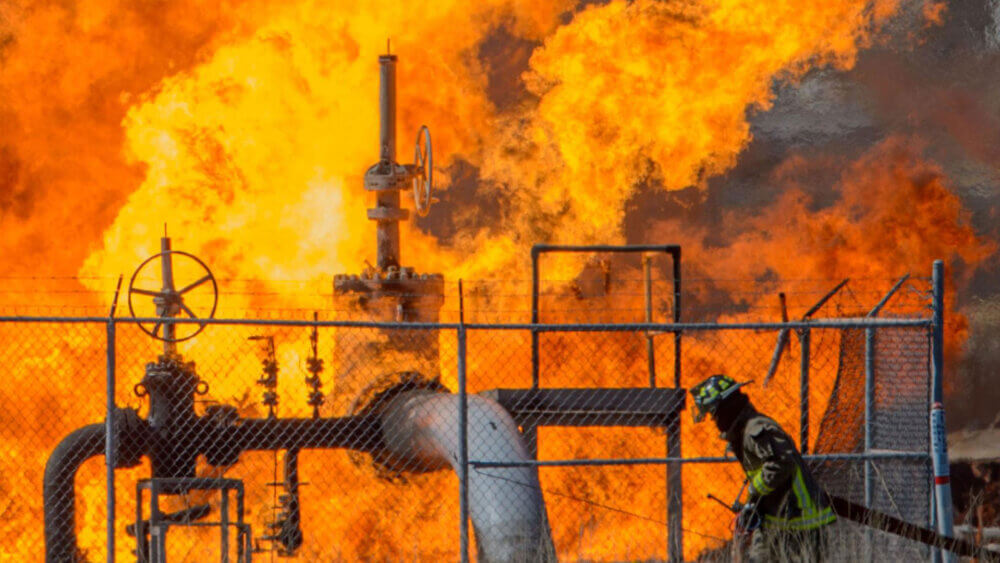LOPA, or Layers of Protection Analysis, is developed on the basis of a risk identification analysis (like HAZOP). LOPA identifies the countermeasures available against the potential consequences of a particular risk. Starting from the quantification of the likelihood of a particular hazard, LOPA analyses the system and identifies the mitigation measures against the hazard. The countermeasures, or ‘protective layers’, must be independent to be effective.
How safe is safe enough?
LOPA addresses key questions such as ‘how safe is safe enough’, ‘how many independent protection layers are needed’ and ‘how much risk reduction should each layer provide’. A LOPA study quantitively analyses the risk of an event occurring. For components of a process-control system, such as safety instrumented systems, and other components such as relief valves, it is important to know the probability of failure to perform a specified function on demand.
Independent layers of protection
Within LOPA, an independent protection layer is a device, system, or action that is able to prevent (completely or partially) a scenario from developing, interrupting the chain of undesired events. LOPA only identifies independent safety systems or items or procedures as effective. An independent layer of protection is a device, system, or action that can trigger the interruption of the scenario. The effectiveness of an independent layer of protection (IPL) is quantified in terms of its Probability of Failure on Demand (PFD) which is defined as the probability that the IPL will fail to perform a specified function on demand. The IPL PFD is a dimensionless number between 0 and 1. The smaller the value of the IPL PFD, the larger the reduction in the frequency of the consequence for a given initiating event frequency.
Controlling the sequence of manual valve operations
Process safety teams are often trying to simplify a manual process without the complexity of fully automating the process. A LOPA can identify many applications, where control of the sequence of operating valves in a manual process is needed, such as:
- Switching a PSV from the main PSV to a backup
- Bringing heat exchangers online
- Pigging
- Changeovers on ethylene dehydration systems
- Furnace de-coke processes
Using valve interlocks to control manual valve operations
The most effective and simplistic solution for controlling manual valve operations is by using valve interlocks, which prevent incorrect manual valve operations. Valve interlock keys will only be released in the desired valve sequence, preventing operators from operating valves in the incorrect sequence. A Probability of Failure on Demand (PFD) factor of .01 is awarded for valve interlocks being used to control sequences. This means that systems that implement valve interlocks can be awarded two credits or decrease the probability of an accident by a factor of 100. Valve interlocking systems are retrofitted to the current system and require no adjustments for valves or equipment.


